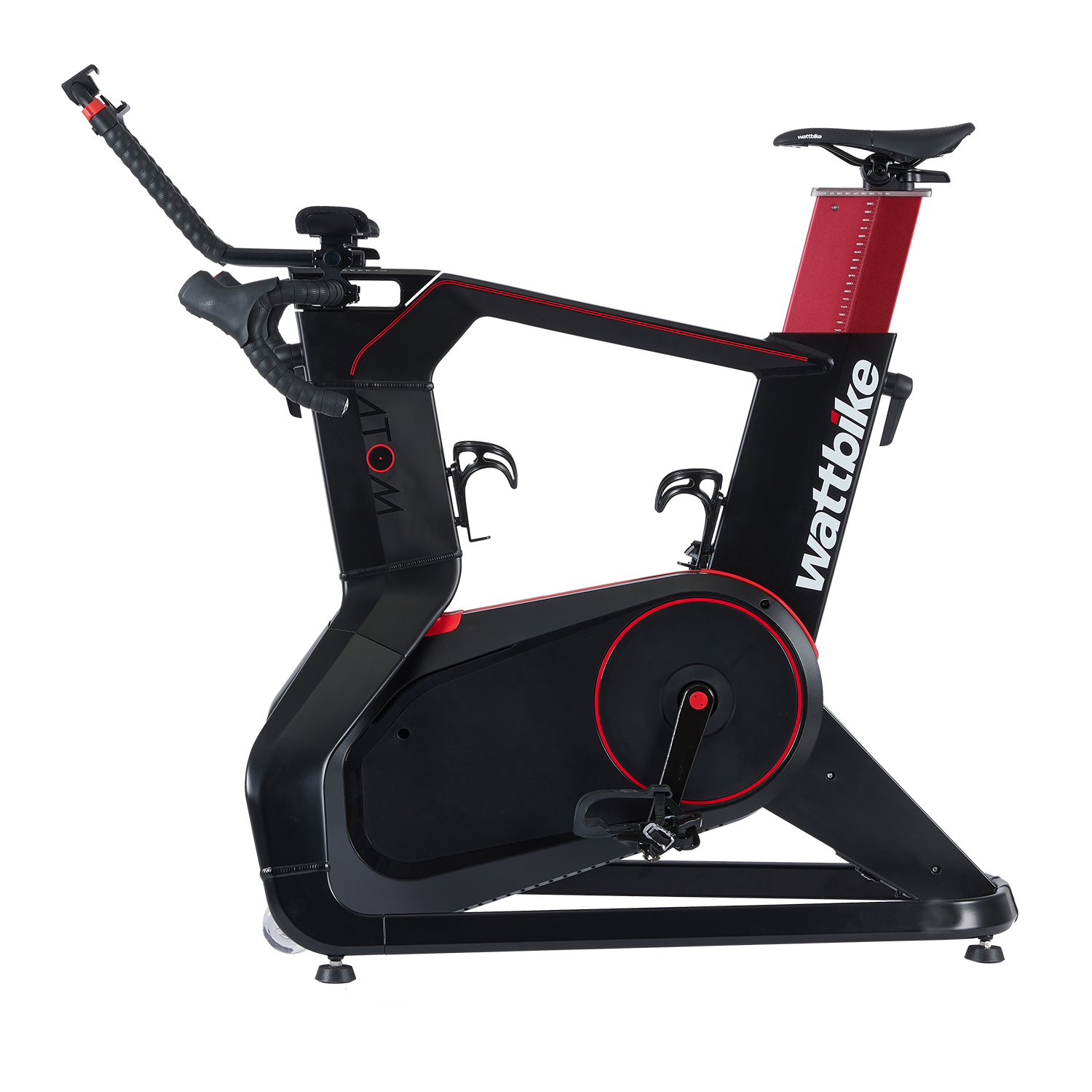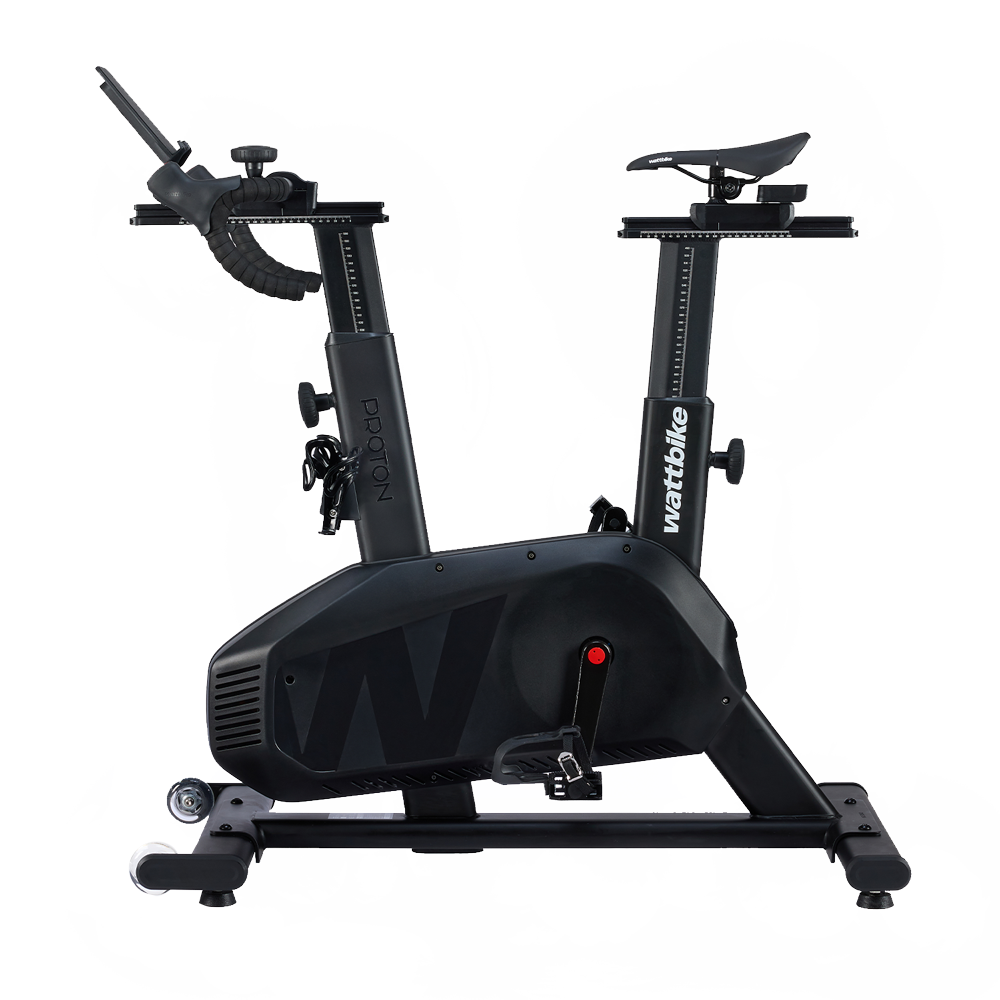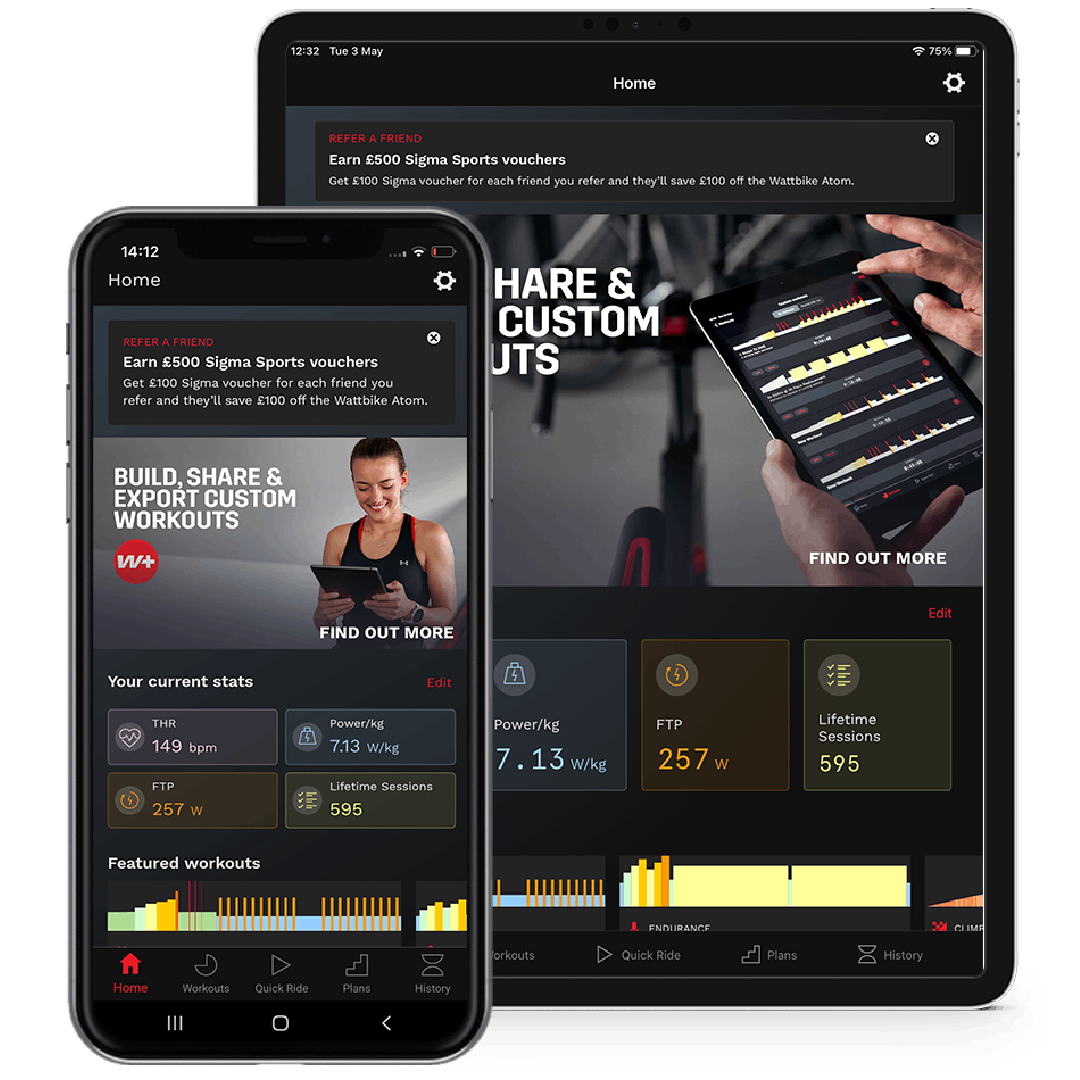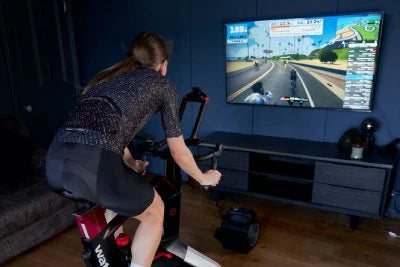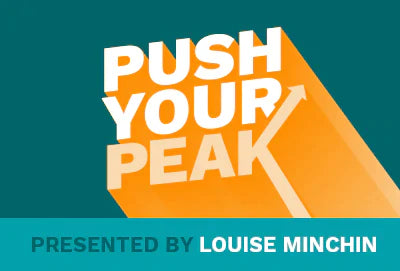Your Cart is Empty
Next year’s wins are made this winter - need help? Talk with one of our experts
Next year’s wins are made this winter - need help? Talk with one of our experts
SHOP
TRAINING & APPS
SUPPORT
news & information
Periodisation vs Reverse Periodisation: Which is For You?
November 26, 2019 4 min read
The indoor season is here, and chances are you already have a couple of goals in mind for the next summer season. If you haven’t already started, now is the time to get a plan together to ensure you get the most out of your training. Depending on your schedule, family commitments or work constraints, there are two main training methods to choose from to improve your performance this winter.
WHAT IS PERIODISATION IN TRAINING?
Periodisation cycling can be defined as the systematic planning of your training year (macrocycles). The aim of periodisation is to reach peak performance during the most important race of your year. The training plan usually follows three manageable phases (mesocycles) - the base, build and peaking - that are divided up throughout the year. Whether on the road or your smart bike, the training sessions having different goals to focus on.

TRAINING FOR TRADITIONALISTS - PERIODISATION
Your base or preparation phase, traditionally done in winter, is usually made up of slow and steady miles that help to build your aerobic fitness. Easy enough, right? Next comes the build phase, which is pretty self-explanatory; you can add more intensity to your base to help build endurance in your muscle fibres and some anaerobic efforts in order to start working on your sprints and explosive power to be ready for your competitive season. Finally, the peak phase is designed to get you race ready, replicating race conditions and the subsequent demands on the body. It’s also known as the competitive phase as this is the time you’ll be involved in your biggest races yet.
Periodisation is a tried and tested method for structuring your training. It helps cyclists over the year to manage fatigue, reduce the possibility ofovertraining, manage the training load over the year to spread out the higher intensity sessions throughout the year and allows for adequate recovery to help reach peak fitness levels. Many cyclists find it effective as it improves motivation because you can compare yourself as you progress through the training.
However, if you are keen to try something a little bit different, reverse periodisation may be the training method for you. Although the primary phase of reverse periodisation is focused on high effort work, contrary to common misconception reverse periodisation is not only about high-intensity efforts and doesn’t mean doing less work in the base phase.
REBELLING WITH THE REVERSE PERIODISATION
Reverse periodisation is the process of completing high-intensity phases without much build up of other systems - essentially, you are skipping the longer preparation phase in periodisation. Those who prefer reverse periodisation cycling usually relate to their off-season weather, typically winter, not being suitable to long slow distance training. If you have two big events in successions, athletes will complete reverse training to ensure they peak quickly again.
Reverse periodisation usually starts with harder efforts before moving on to tempo work, challenging you to maintain high-intensity efforts. It later moves on to the endurance phase, and then peaks by doing low-intensity training with a mix of race efforts. This means you’re able to develop your speed and power first, and it teaches the body to maintain them for longer. Some people consider this method to work better for longer events, as the time when your training ‘peaks’ will be closer to your goal race.
PERIODISATION VS REVERSE PERIODISATION - WHICH ONE IS FOR YOU?
With traditional periodisation, you’re likely to see gradual improvements within your aerobic and physical conditioning whilst minimising your injury risk by building up a base first. Thanks to it’s low-intensity start, you’ll be able to build up a deep level of aerobic conditioning and form a great base to allow for more intense training later in the year.
However, starting out slow would mean that the majority of your base training would be done throughout the winter, where the days are shorter and your time is likely to be much more limited. Unless you’re training indoors (and happy to put in the hours on the trainer) hazardous weather conditions may limit your training time and quality. If you’re racing over long distances, you’ll need to add progressively longer rides into your build and peak phases, which may reduce the ability to fit in HIIT training later in the year, and therefore affect your ability to improve on your power metrics.
By transitioning to a reverse periodisation plan, much of your HIIT training will be done within the winter months, reducing time spent on aturbo trainerand allowing for longer rides once the weather improves come spring. This also means a lot of your FTP work is done early, so as your goal race approaches you’ll be able to tailor your training to best mimic race conditions.
Both periodisation methods are tried and tested, and athletes and coaches alike have followed both approaches. The method that works best for you will depend on how you make the most out of the time that you have available. Traditional periodisation may work better if you’ve taken a break from training after your summer season and you’re looking to introduce your training slowly, but if you’ve continued your training after the season ended, why not try the reversed method for something a little different?
Be Motivated to Cycle with Wattbike
Struggling to get started this winter?Read our top tips for finding some motivation, or take a look at thesesessions that are backed by the pros.
Also in Training

Balancing the Gym With Off-Feet Conditioning
December 18, 2025 5 min read
Building lasting fitness isn’t about training more - it’s about training smarter. We want tog ive you the tool toStart Strong, Stay Strong this 2026 and explain how to balance gym-based strength training with off-feet conditioning, to create a structured weekly routine that supports performance, recovery, and consistency. Whether you train three, four, or five days a week, this guide shows how the right training split helps you build strength, improve cardiovascular fitness, reduce injury risk, and maintain momentum throughout 2026 with a plan you can actually stick to with your Wattbike.

Motivation vs Discipline: How to Build Training Habits That Last All Year
December 17, 2025 4 min read
Motivation alone won’t make 2026 your strongest training year - consistency and structure do. Start Strong, Stay Strongexplains how building sustainable habits, using structured training plans, and relying on repeatable routines can help you train consistently, even when you don’t feel like it. From planning sessions like work appointments and setting SMART micro-goals to habit stacking and following structured Wattbike Hub programs, this guide shows how discipline, not willpower, turns intention into action, helping you improve fitness, endurance, and performance all year long.

The Best Nutrition Habits for Consistent Training in 2026
December 17, 2025 4 min read
Making 2026 your strongest year starts with building simple, sustainable nutrition habits that fuel consistent training, recovery, and performance. This guide shows how balanced meals with protein, carbohydrates, and healthy fats. Before, during, and after workouts - support energy, muscle repair, and long-term progress, whether you’re cycling indoors, strength training, or mixing both. With practical tips on weekly meal planning, habit-building, and optional supplements, you can remove guesswork, stay consistent, and ensure your training efforts pay off all year long, helping you Start Strong, Stay Strong in 2026.
Sign up to get the latest
Be the first to hear about Wattbike news, offers and more.



